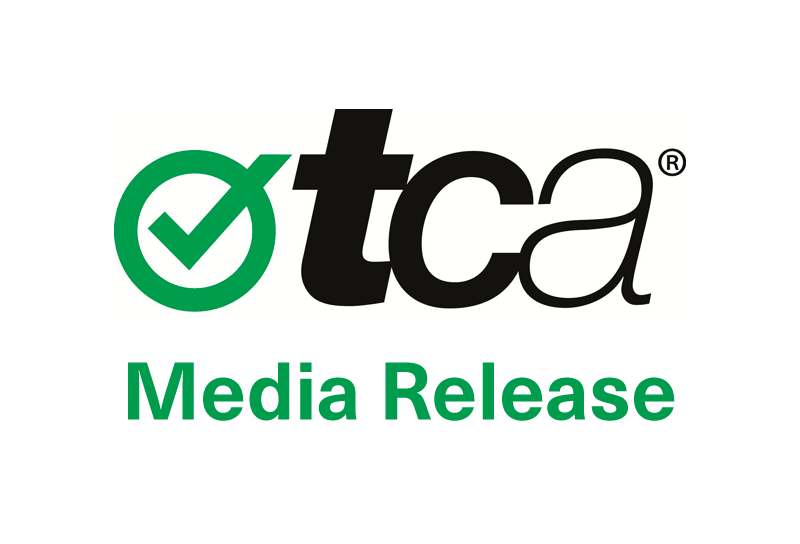Consolidating heavy vehicle rest area information for In-Cab navigation devices and services

Transport Certification Australia (TCA) today announced that it is consolidating heavy vehicle rest area information for navigation devices and services used by heavy vehicle drivers.
Prompted by calls from the heavy vehicle industry, TCA’s work will allow technology providers to incorporate heavy vehicle rest area information through in-cab devices and services.
TCA’s Chief Executive Officer, Chris Koniditsiotis, said “The consolidation of heavy vehicle rest area information, which incorporates both formal and informal rest area locations, is long overdue.”
“Despite general rest area information being offered through consumer navigation devices, heavy vehicle drivers face difficulties in finding in-cab devices and services which meet their specific needs.”
For example:
- Consumer navigation devices are typically orientated towards passenger vehicles and drivers, and do not always distinguish heavy vehicle rest areas from general rest area locations
- Heavy vehicle drivers need information about rest areas (including the size and number of parking bays, the availability of facilities, shade and other details)
- Heavy vehicle drivers rely on the availability of informal rest areas, which are not always recognised – let alone mapped – as rest area locations.
These issues were highlighted during the 2018 fatigueHACK hosted by the Australian Trucking Association (ATA) in April 2018. In response, TCA has initiated two complementary pieces of work:
- Translate rest area location information published by Australia’s road and transport agencies into a form which can be readily used by technology providers (by referencing the data definitions contained in the Telematics Data Dictionary – part of the National Telematics Framework).
- Work with Rod Hannifey, Road Transport and Road Safety Advocate, to digitally record the locations of informal rest areas (identified by green reflectors).
Mr Hannifey, who is currently in the process of recording the location of informal rest areas, said “I welcome the support for this initiative from TCA, and hope in time it will be one more step to help Australian truckies better manage their fatigue, both for their safety and for their compliance. My next aim is a National Rest Area Strategy, and this data can only help see that achieved.”
The Chair of the ATA, Geoff Crouch, said, “The ATA is delighted with TCA’s plan to develop this consolidated database, which will enable technology providers to provide consistent and accurate information about the location of truck rest areas and their facilities.”
“The database will benefit truck drivers both in the short term, through better access to information, and in the long term because it will help underpin new rest area guidelines and mandatory service level standards for the road network.”
“It’s an immediate, solid result from our 2018 fatigueHACK,” said Mr Crouch.
TCA will make the national rest area data set available in a standardised, open format. In doing so, TCA will encourage technology providers to offer in-cab navigation devices and services tailored to the needs of heavy vehicle drivers.
TCA will progressively release the provision of consolidated rest area information, and work with stakeholders – including the Telematics Industry Group (TIG) – to promote its availability and use.